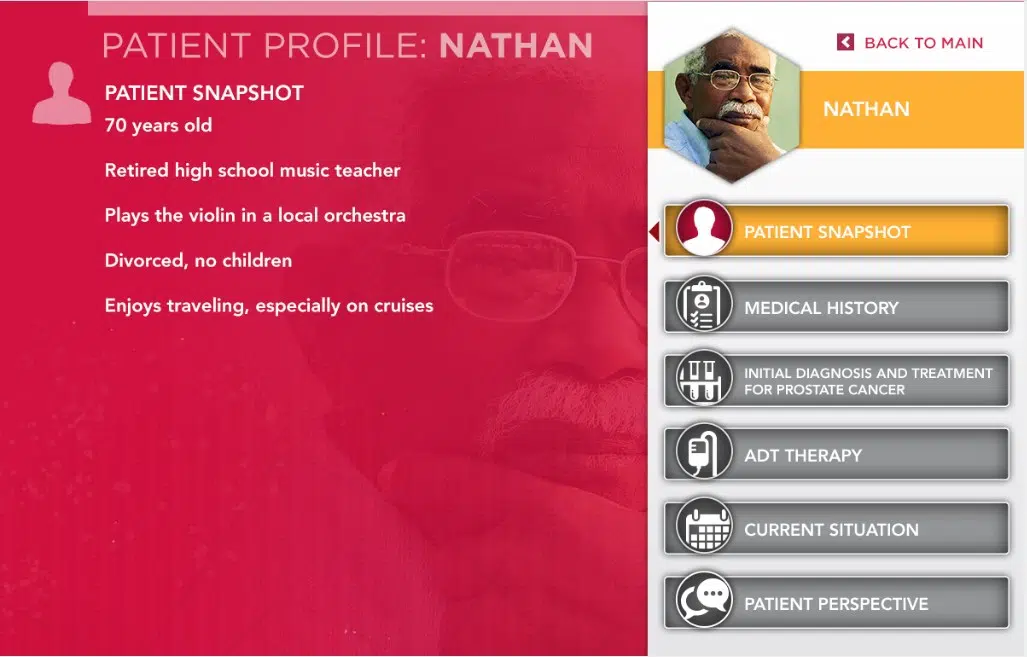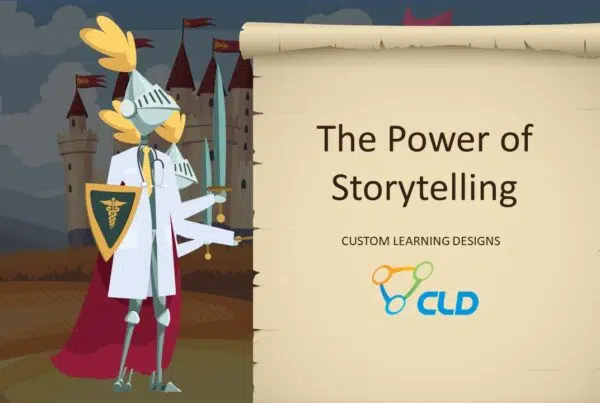”Ella wasn’t a healthy baby like Oliver had been. After a couple of weeks at home, she developed jaundice, and she was fussy and hungry and wasn’t gaining weight. I kept hearing the words 'failure to thrive and 'developmental delays' from the doctors. Her blood tests were abnormal – her bilirubin, cholesterol, and other liver numbers were high. She was constantly in and out of the hospital, and we rapidly learned all the medical language that went along with having a very sick kid with liver disease.
Excerpt from a Patient Journey Module
Some of life sciences’ most impactful and dynamic training deliverables focus on the patient (patient journeys, patient cases, museum walks). These pieces can help learners have and convey empathy for the burden of disease, discuss the limits and possibilities of treatment, perceive more of the hidden consequences of a specific disease, and learn about patient and caregiver “wish lists” for managing their disease — ultimately helping learners better position treatments to HCPs.
Empathy
”“No matter what I do, I have itchy patches around my eyes and a visible dark, scaly area on my neck. I’ve also developed small painfully inflamed bumps on my underarms that flare up after hard workouts at the gym. When I see people in person, the marks on my face and hands are impossible to hide. I’m even ashamed of the patches around my family and partner, and I feel ugly and unattractive. But the worst part is the itching and constant urge to scratch. On the worst nights, I can’t sleep because of the itching, so I’m foggy and irritable the next day at work.”
Advocating for patients and families is extremely important. Representatives can become the voice of the patient or their caregivers in some situations or help them navigate the complexities of healthcare systems. Before they can do that effectively, they must understand more about the challenges that the patient and their caregivers face and how current treatments work while also understanding some of the limitations of those treatments.
A representative gains more empathy for a person when you hear them describe in the context of their own family or their children:
- What might they think when they receive the diagnosis?
- What obstacles and difficulties do they face when trying to start therapy?
- What is their day-to-day life like with their disease?
- What are their most significant challenges in dealing with their disease?
- What are their hopes and fears around the disease and its treatment?
Limits & Possibilities
”“The medications had already helped me get back to normal life, where I could be energetic and engaged with my students and get back to cooking, which I love. But then I collapsed at school one day. I wasn’t feeling well that morning; a little short of breath, dragging around like I was wearing lead weights. I had just managed to finish the class before lunch when my legs folded like wet paper. I managed not to hit my head, but I couldn’t get up and was having trouble catching my breath. One of the kids ran next door to get one of my fellow teachers, who called an ambulance.”
All treatments have their limits, and there are always possibilities for improvements. Limits could include dosing or administration challenges, short- or long-term side effects, or negative impacts on lifestyle. Patient journeys let you explore these limitations in an open-ended Some questions journeys can explore include:
- What are the current treatments?
- What challenges are associated with those treatments?
- Are there gaps in treatment?
- Are there specific patient types for whom the current treatments are of limited use?
On the flip side, by discussing the inadequacies of current treatments, your team is better equipped to highlight the positives in new ones.
Wish Lists
”“I wish I had a treatment that controlled the itching better…”
“If only there were any kind of treatment for my cancer…”
“I’d love to not have to go for weekly infusions – couldn’t I do injections at home…?”
In a patient journey, the patient can express what they wish existed. This is a chance to highlight how they’d like to see their day-to-day quality of life improve. It could include reduced reliance on family help, not traveling for treatments, or not having others stare at you in public.
”At baseline, 53% of physicians reported that their empathy for patients had declined over the past several years; whereas only 33% reported an increase in empathy (13% reported no change).
https://www.ncbi.nlm.nih.gov/pmc/articles/PMC3445669/
The Disease States Where the Patient Focus Shines
Rare Diseases.
A patient journey can help paint the picture of a disease that the learner may not have heard of before and also help them understand that there may be enormous life consequences and no other hope for these patients.
01
Mental Health & Other Invisible Disabilities.
We can empathize more easily with those who show physical signs of disease. Mental health is much harder to visualize and understand, and invisible physical disabilities, such as fibromyalgia or multiple sclerosis, are frequently dismissed.
02
Stigmatized.
With HIV/AIDS and other sexually transmitted diseases, or diseases stigmatized by poor public health communication, like monkeypox, the patient may feel embarrassed or ashamed and unwilling to talk openly about what they are experiencing.
03
Complex Diagnosis & Diagnostic.
In many cases of long-term diseases like cancer, the patient journey is prolonged, riddled with patient and family confusion and fear, as well as treatment shifts and evolution.
04
I'd like to learn more about your patient focus deliverables!
eTutorial Example
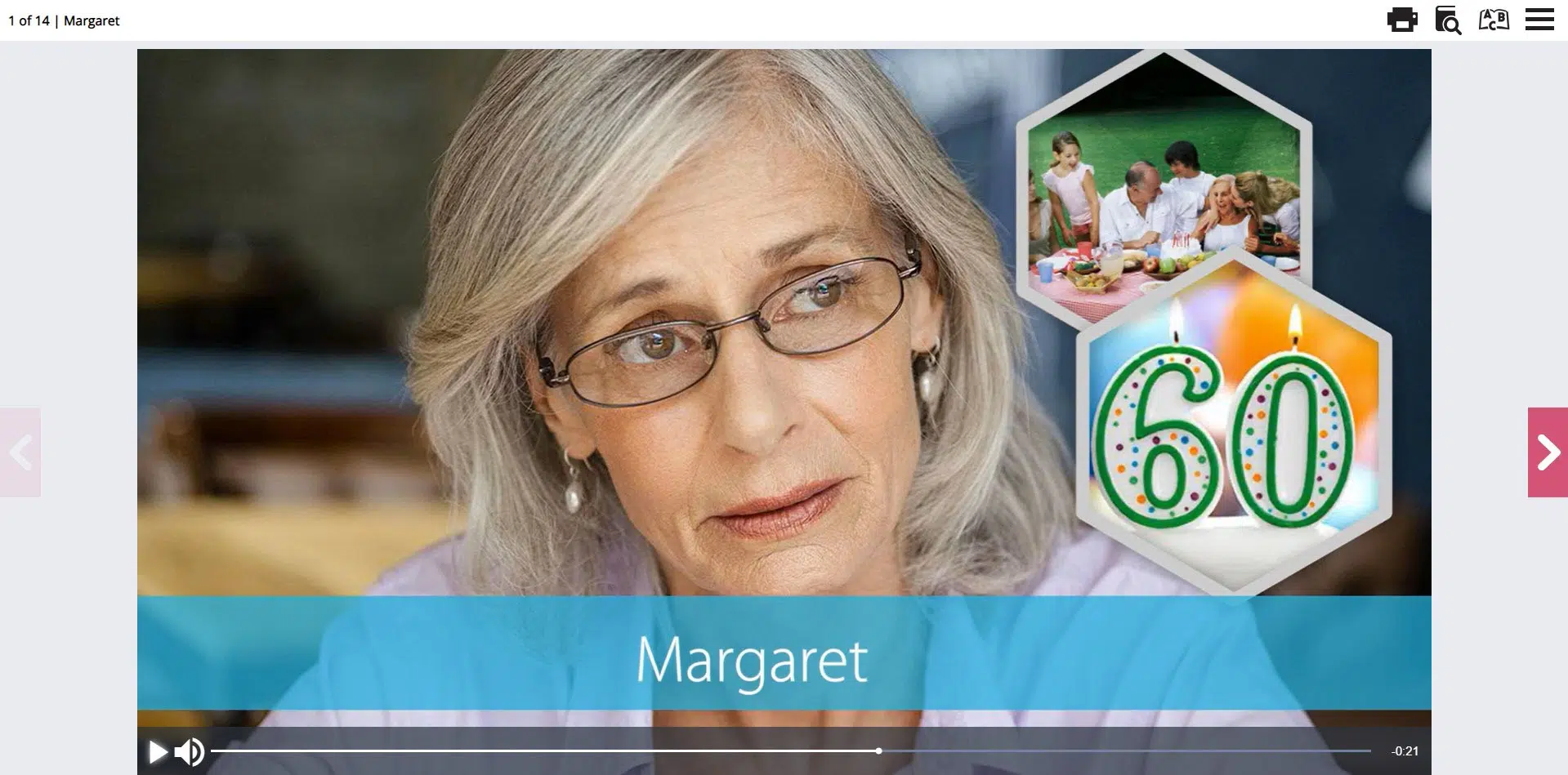
Museum Walk
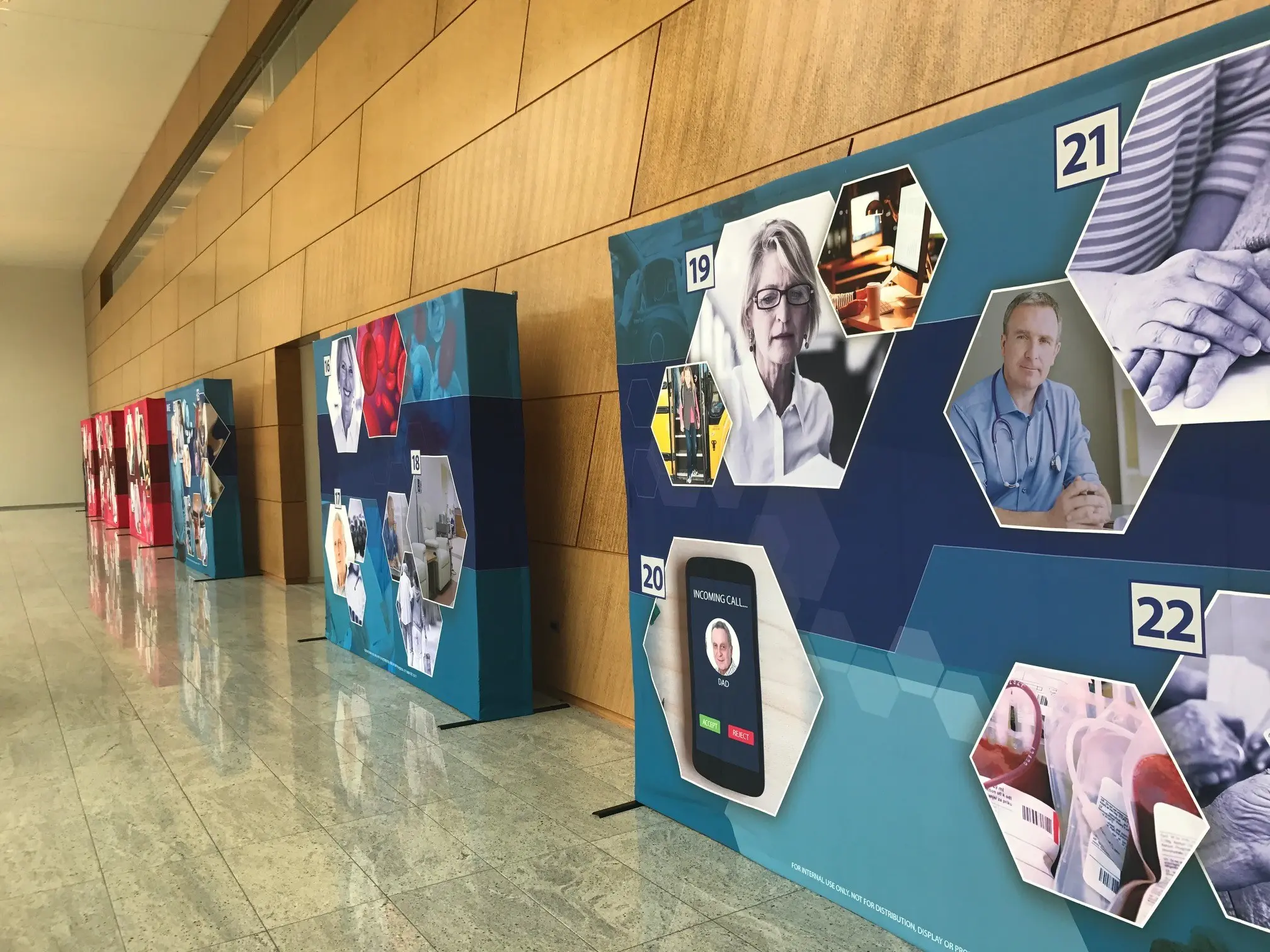
Podcasts & Case Dialogues
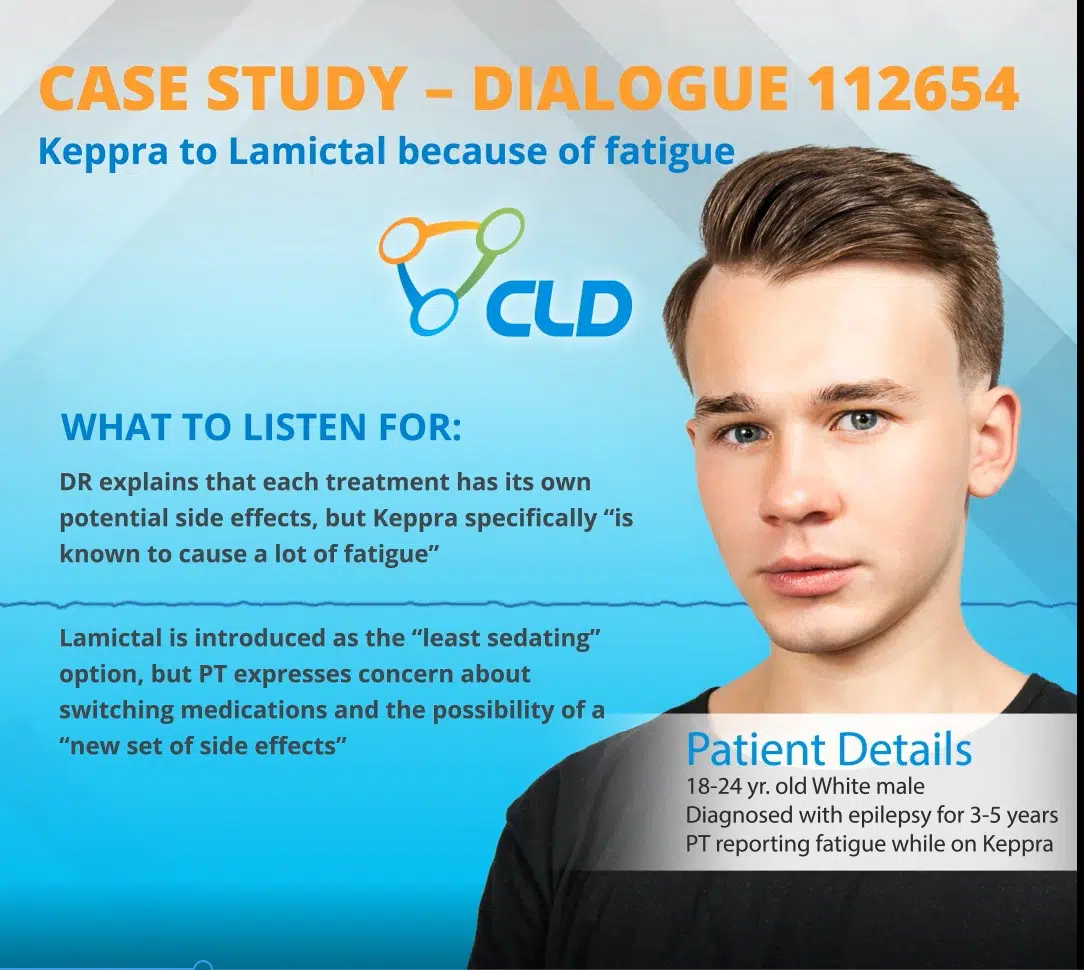
Interactive Patient Cases
